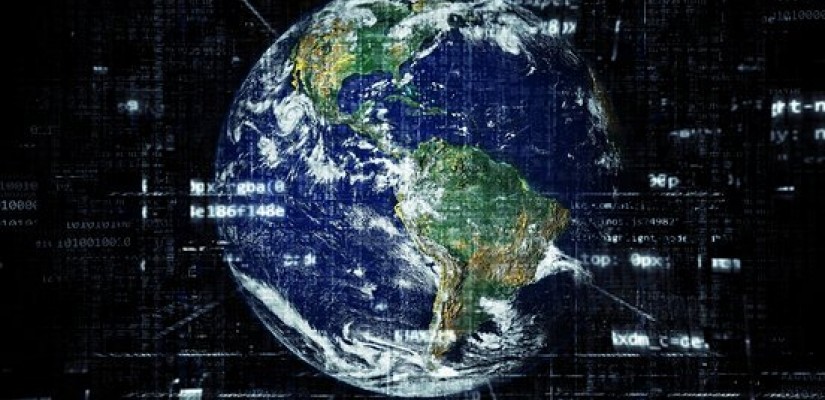Combining high speed wireless connection, artificial intelligence (AI), sensor data, and satellite imagery has the potential to open a wide range of technological possibilities across numerous industries. The interplay between AI and 5G technology not only affects the installation of 5G networks itself, but also has the potential to revolutionize the medical, consumer goods, manufacturing, energy, construction, and security industries. In the telecommunications sector, 53% of all network providers worldwide will have integrated AI tools into their networks by 2020, with an additional 19% expected to follow this trend in the next 3 to 5 years. This technological advancement offers improved operational foresight and agility, yet it will also amplify risk factors globally.
Stage 1: Installing 5G networks with AI
5G networks are digital cellular networks that are divided into smaller geographical areas, known as cells, by network providers. 5G is unique in that it has high-band spectrum and low latency, which allow high-speed data transfers with very little delay. The disadvantage of this, however, is that 5G cells cover only a small geographical area. Thus, thousands of cells must be installed for network services to run smoothly. Predictions suggest that approximately 10 million cells can be set up globally. Crucial to this process will be determining which locations are most advantageous to install these cells. The predictive power of AI is therefore a useful tool for creating location assessments beyond human capacity in order to expand 5G networks.
Stage 2: AI/5G Utility in Multiple Industries
Improved data flow and transfer capacity following the establishment of 5G networks permit a broad range of new technological applications across multiple industries. Farmers, pharmaceutical companies, manufacturers, and many others can benefit from these new opportunities. For instance, developing new beers requires the testing of thousands of yeast variants and a fermentation process lasting months. Hence, beer producers are exploring how to utilize sensor data, 5G transmission, and AI tools to predict production results and speed up this process. This applies to other consumer goods as well. Merging the powers of AI and 5G allows us to refine the product quality and production process. Furthermore, with the help of satellite data, AI, and 5G, we can evaluate the locations and characteristics of rural villages in order to facilitate the establishment of infrastructure, such as electricity grids. Moreover, medical professionals will be able to perform remote surgeries across regions, countries, or even continents. Pharmaceutical companies may be able to better predict the effects of new medication on the human body. And finally, combining satellite data, AI, and 5G can help us better track the spread of pandemic diseases like Ebola and manage operational and financial threats in risk-prone regions.

Opportunities
A major advantage that comes with the rise of AI and 5G is operational agility, which is a crucial quality in today’s competitive markets. Impactful political events, such as trade wars, can rapidly shift consumer behavior and demand. AI and 5G facilitate foresight and accelerate reaction to consumer demands and policy changes that affect businesses. This expands the range of actions that a company facing such challenges can take. In sum, AI and 5G foster predictive processes and the management of large volumes of data, which will improve risk anticipation.
Risks
With the advent of AI and 5G, data will increase in market value and technology will permeate private data to an even greater extent. This is likely to make private information even more vulnerable to infringement of privacy, cyberattacks, and data theft. For instance, 5G and AI supported systems may be able to identify and target consumer demographics with facial recognition. Smartphones carrying 5G and AI-enabled microchips could also become entry points for data theft and illicit surveillance. When data privacy legislation and enforcement lag behind rapid technology developments, security risks are created. Data security must therefore become a priority for policymakers and companies. Such an endeavor may prove difficult in a world in which governments turn inwards and resist international cooperation. Trade wars and nationalist movements exemplify this behavior. Globalization compels us to think outside of state borders and consider the implications of international cooperation and competition for data security and risk management.
Conclusion
5G and AI can enhance digital cooperation around the world, but they also facilitate greater competition between countries as they race for technology and market leadership. Spying on opponents will therefore continue to be a critical risk. Despite new possibilities improving operations in industries like healthcare or manufacturing, 5G and AI must be sufficiently regulated and monitored. This feat, however, could prove difficult in times of international political isolation, regionalization, and trade wars.
